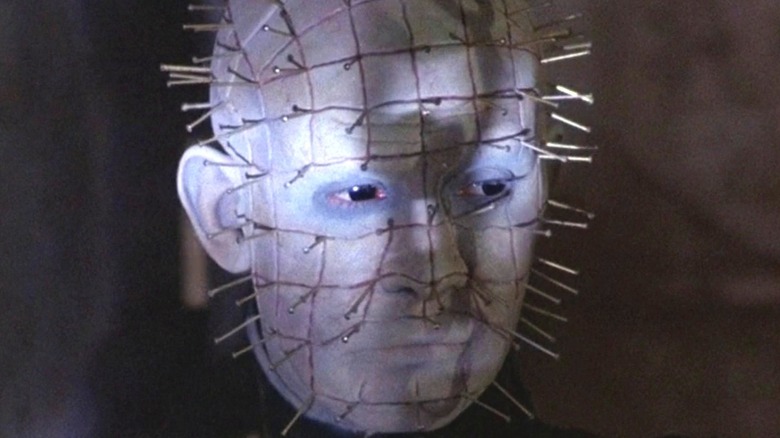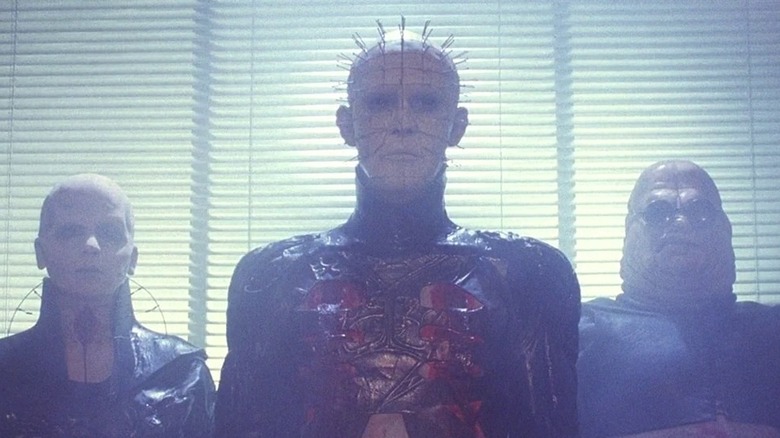How Horror Fans Really Feel About '80s Special Effects Vs. CGI
When digital effects and CGI began appearing in films in the early 1990s, the possibilities of the technology seemed limitless. While some of those early efforts were pretty rudimentary, films like "Terminator 2: Judgment Day" — released in 1991 — and "Jurassic Park" — released in 1992 — showed just how much potential the new special effects had. However, as the technology became more and more powerful and directors began to implement it for more specific needs, some viewers felt it was coming at the expense of the practical effect techniques developed over the vast film history that preceded it. After all, filmmakers have used creative props, sets, and special effects to show audiences something special ever since Georges Méliès shot "A Trip to the Moon" in 1902 — the director used some of those same effects in the first horror film ever made.
In the beginning, practical effects had a critical advantage over CGI: price. That's why the folks behind horror movies — often films produced on a lower budget — mastered creative practical effects in the '80s and the '90s. However, as time marched on, CGI became more accessible and affordable, presenting a price-friendly alternative to constructing elaborate practical effects. These changes have been divisive amongst horror film fans, who took to the internet to let people know how they really feel about classic '80s special effects vs. CGI.
While many horror fans revere '80s practical effects, CGI has its place as well
The debate between whether old-school practical effects were better suited to horror films than CGI has gone on for decades at this point, and proponents of either side can be found on forums such as Reddit. One thread started by user iSmElLpEnNyS asked fellow horror fans if they agreed with their preference "that cheesy 80s special effects are way better than CGI?" The post received hundreds of comments, with many users reminiscing about the transformation of Frank (Sean Chapman) in the 1987 film "Hellraiser" as a particular favorite. One particularly insightful post noted that not only do practical effects have a tactile presence in the final film, but they also provide a tangible object to which actors can respond. FoxyPajamas1029 wrote, "A lot of practical scenes look better than CGI too because the actors actually see what is in front of them, at least in some form."
However, other fans saw the value in the positive implementation of either technology. Another commenter, Bopo_Descending, observed, "I will agree that bad practical effects are probably better than bad CGI 90% of the time... But CGI done well is great. Practical effects done well are also great. A mix between the two done well? Spoiler: Great." So while many horror fans are not shy about stating their preference for classic '80s special effects, it seems that others appreciate that modern filmmaking has room for both approaches.

